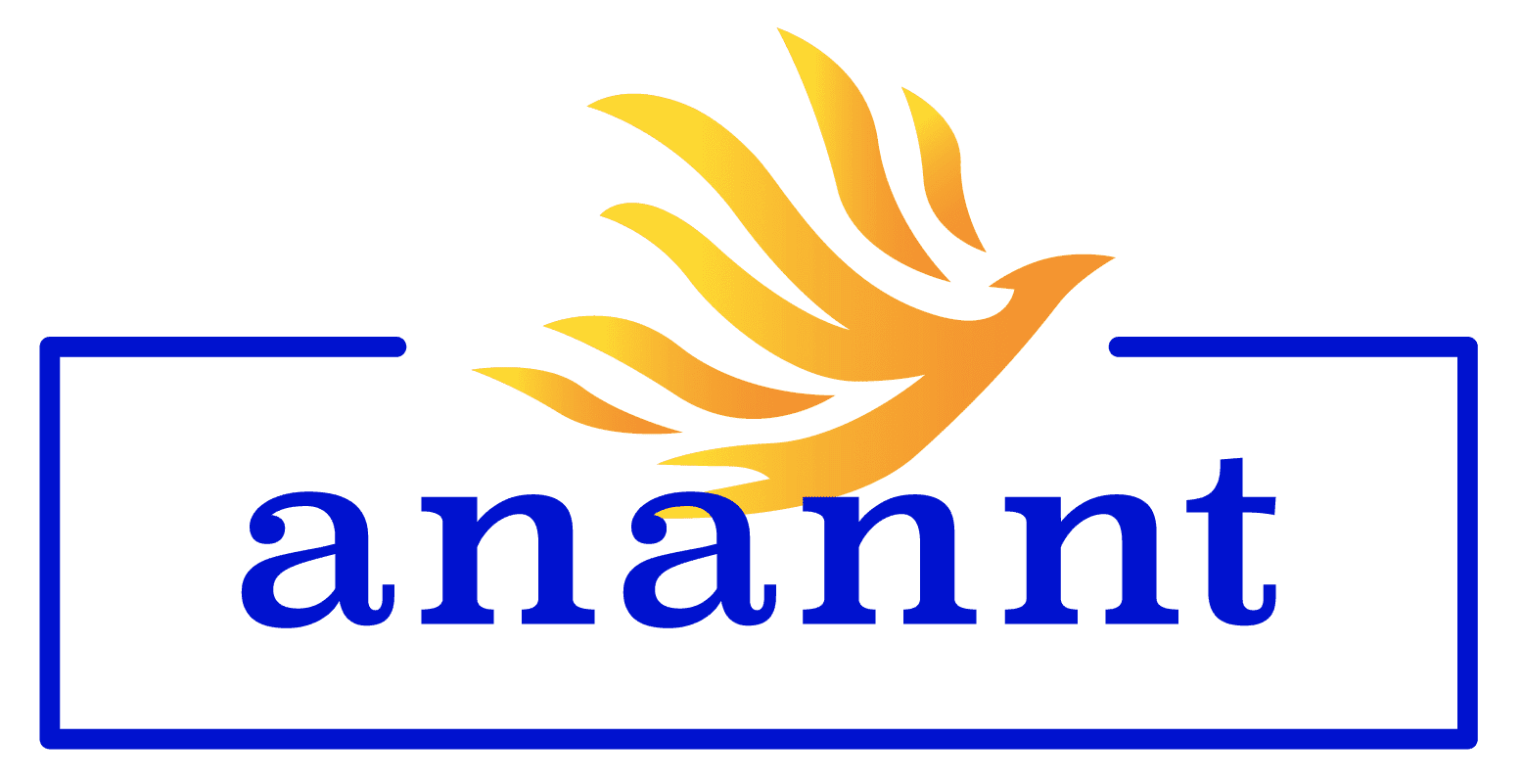
by Jahnvi | Dec 18, 2022 | IELTS
Do you have trouble understanding native English speakers? You aren’t alone! As your language skills develop, it can be difficult to understand native English speakers. But don’t worry, we have suggestions for you.
Stay calm and focused
In this part of the IELTS test, it’s important that you stay calm and focused. This way, you won’t miss any important information and won’t be overwhelmed by all the audio. To avoid getting stuck on one word for too long and losing track of what is being said, try using context clues to figure out what difficult words mean.
Learn to listen naturally
To improve your score, practice active listening and supplement your studies with immersive experiences such as watching videos in English, listening to podcasts, and participating in conversation clubs. Through active listening, you’ll be able to listen naturally and accurately assess what is being said to answer questions correctly.
Manage your time wisely
Doing well on this part of the exam also requires good time management. Pay attention to what is being said and how much time is left for each question so you don’t waste time. Don’t forget to use the extra time in the end to review your answers!
Practice makes perfect
The best way to prepare for this section of the test is to practice regularly beforehand. Familiarize yourself with different accents so that unfamiliar speech patterns don’t affect your performance. Listen to audio recordings in English regularly to further improve your listening comprehension. This will give you an advantage over other test takers on exam day!
With these tips in mind, there’s no need to fear when tackling this part of the IELTS test! If you plan, practice diligently, focus during the exam, and manage your time wisely, you’ll be successful on exam day. With these strategies, you can be sure that you’ll ace this part of the exam with flying colours! Good luck!

by Jahnvi | Dec 17, 2022 | OPT and CPT
Are you an international student looking for ways to gain experience in the United States? If yes, then you may have heard of OPT and CPT. Both terms are important for understanding the F-1 Visa program and what employment opportunities are available for international students. In this blog post, we’ll explore what OPT and CPT are, their major differences, and discuss Curricular Practical Training (CPT) status and Optional Practical Training (OPT) status in more detail.
Outline:
I. Introduction to OPT and CPT
II. Major Difference between OPT and CPT
III. Understanding Curricular Practical Training (CPT) Status
IV. Understanding Optical Practical Training (OPT) Status
V. Understanding the 24-Month STEM OPT Extension
VI. Understanding the Cap-gap extension
VII. Conclusion
What is OPT?
OPT stands for Optional Practical Training. It allows F-1 visa holders to work in the US related to their field of study while they complete their degree program. For most STEM majors, the standard period of eligibility is 12 months with a possible extension of 24 months. Students must apply beforehand through the USCIS website to receive approval before working under this program.
What is CPT?
CPT stands for Curricular Practical Training. This type of training is part of an educational program that provides practical experience related to a student’s field of study that cannot be obtained in a classroom setting. Unlike OPT, students can start working immediately since it does not require prior approval from USCIS. However, students must obtain authorization from their school’s Designated School Official (DSO) before starting any paid employment activities.
Major Difference between OPT and CPT
- Time Eligibility for Each Program
For most STEM majors, the standard period of eligibility under the OPT program is 12 months with a possible extension of 24 months while CPT has no time limit on how long you can stay as long as you remain enrolled at your institution or school.
- Type of Work Allowed in Each Program
Under both programs, students are allowed to work in jobs that are related to their field of study but only OPT allows them to take on regular employment activities like full-time jobs or internships in any company regardless if it’s related or not related to their field of study whereas CPT requires that all employment activities must be related directly or indirectly to your studies at your school or institution (e.g., internships).
Understanding Curricular Practical Training (CPT) Status
There are several benefits associated with obtaining a CPT status including types of employee training and paid internships available for F-1 student visa holders.
Through this program, international students on an F-1 visa can apply for various types of jobs such as internships at companies within their field; research projects; teaching assistantships; part-time jobs; co-ops; summer jobs; etc., which will help them gain valuable experience while they complete their degree programs in the US.
To be eligible for the Curricular Practical Training (CPT) status, international students need proof that they need practical experience as part of their academic curriculum provided by either faculty members or employers stating why such training would be beneficial towards completion/graduation from their current degree program
How Many Hours Can You Work With CPT?
The hours an individual works depend on whether a student pursues full-time or part-time practical training opportunities during his/her studies at a US college/university or institution–students pursuing full-time practical training opportunities may work up to 40 hours per week while those trying out part-time positions may work up 20 hours per week.
Understanding Optional Practical Training (OPT) Status
OPT status is a form of employment authorization that allows international students who have graduated from a U.S. college or university to work in the United States for up to 12 months following their graduation. This period can be extended by an additional 24 months for certain STEM (Science, Technology, Engineering and Mathematics) degree holders under what is known as the STEM OPT Extension program.
A student is eligible for OPT in two different ways –
Pre-completion OPT allows F-1 visa holders who have been enrolled at a school full-time for at least nine months to apply for part time work while they are still in school. This type of OPT is available to those who are currently enrolled in a degree program and plan on graduating within 12 months after their request date for pre-completion OPT is approved.
- Benefits of Pre-Completion OPT: Pre-Completion OPT provides opportunities for international students to gain real-world experience related to their studies while they are still enrolled in school. This helps them become more marketable when looking for jobs after graduation since employers generally prefer to hire candidates with prior work experience over those without any experience whatsoever. Additionally, working part-time while still enrolled in school can help international students build relationships with potential employers and increase their chances of getting hired upon graduation.
- Applying For Pre-Completion OPT: The process of applying for pre-completion OPT includes submitting Form I-765 along with supporting documents such as proof of enrollment and financial support documentation to USCIS (United States Citizenship & Immigration Services). It typically takes USCIS about three months to process pre-completion opt applications so it’s important that applicants submit their applications early enough so that they get approved before their intended start date of employment.
- Post-Completion Opt
Post-completion opt is available to F1 visa holders who have completed their degree program and wish to gain practical training related to the field that they studied over a period of up to 12 months (or up to 24 months if eligible under STEM extension). Applicants must also be able to demonstrate that they are able maintain themselves financially during the duration of their post completion opt period without needing support from anyone else or any other form of financial aid other than what they earned through employment during the post completion opt period itself.
- Advantages Of Post Completion Opt: The main advantage associated with post-completion opt is that it provides international students with an opportunity to gain practical experience related to their fields right after graduation which helps them become more competitive when looking for jobs afterward since employers generally prefer candidates with prior experience over those without any experience whatsoever.
- Applying For Post Completion Opt: The process of applying for post-completion opt involves submitting Form I – 765 along with supporting documents such as diploma transcripts , signed contracts from employers, proof of financial support, etc .to USCIS. It usually takes about 3 months for USCIS to take action on these applications so it’s important applicants don’t wait until the last minute to submit them.
Understanding the 24-Month STEM OPT Extension
The 24-Month STEM OPT Extension is a unique opportunity for students who have obtained a degree in Science, Technology, Engineering, and Math (STEM). This program allows them to extend their post-completion Optional Practical Training (OPT) period by up to another 24 months. To qualify, they must be currently working in the Post-Completion OPT period and have obtained a bachelor’s, master’s or doctoral-level STEM degree from an approved college or university. Furthermore, they must have signed the Form I-983 training plan with their employer and this employer must be using the E-Verify Program provided by DHS.gov. This extension can give students extra time for valuable work experiences related to their field of study.
Understanding the Cap-gap extension
The cap-gap extension is the window of time between the expiration of a student’s F-1 visa and when their employer’s H-1B petition is accepted, allowing students to remain in the US without interruption. This extension and allowance from USCIS helps protect students from potentially having to return home and wait for their H-1B visa status to begin. It also allows for a smoother transition into employment as employees will not have to acclimate twice from international travel twice in such a short period of time. The cap-gap extension enables foreign students to apply for and receive their H-1B visas with minimal disruption when taking a job offer in the US after completing their studies there.
Conclusion:
Whether you’re an international student looking for ways to gain experience in the US or just curious about different types of visas available here – understanding both OPT and CPT programs is essential so that you make informed decisions about which one best fits your needs when it comes down choosing job opportunities. Securing professional experience in your field of study on a student visa can be especially challenging, but the effort is worth it. Planning ahead and researching the necessary paperwork is key to finding meaningful employment opportunities. Even though additional paperwork may be required in order to secure employment, the window into your desired profession and industry can open many doors for present or future career options that might not have been available otherwise.
Remember: taking the initiative to plan ahead and do any needed research will enable you to find employment while studying on a student visa in order to gain valuable experience in your field of study!


